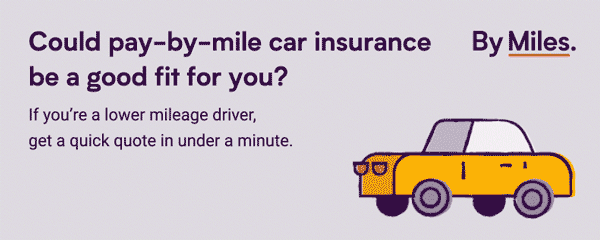As lockdown is slowly beginning to ease, you may be contemplating getting back on the road. If you’ve been finding other ways to get around lately, don’t worry, your car will still welcome you back with open arms (or ideally, doors).
Before you jump straight back into the driver’s seat, it’s worth bearing a few things in mind – as well as carrying out a few basic checks on your car’s overall health. A small bit of effort now could end up saving you time and money in the long run.
Here’s some things to keep in mind before you get back on the road.
1. Don’t assume everyone will have sharp skills when it comes to driving after lockdown
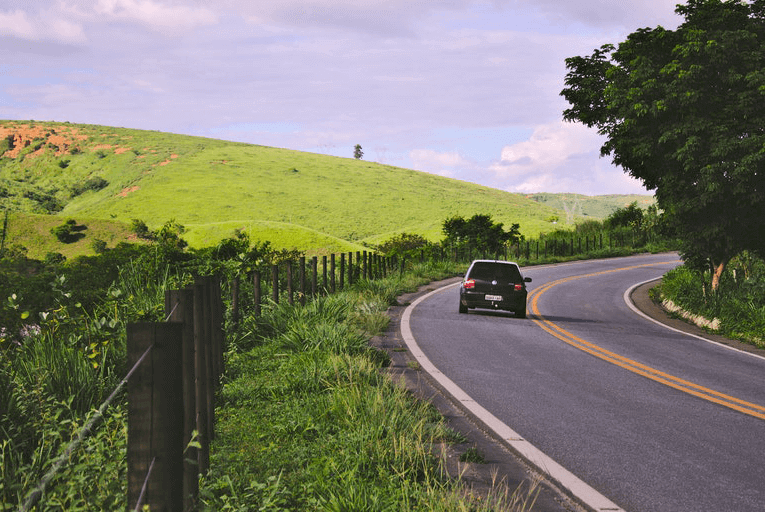

For some, driving may have become a distant memory. They’ve been using the time to explore other modes of transport, like adult scooters, biking or walking a little quicker than usual to get their heart rate up. As a result, their driving skills may have seen better days, with one in five saying they’re struggling to adjust to driving again after lockdown. Other road users may forget to cancel their indicator after using a roundabout, or that the pedestrian crossing lights by the corner shop tend to change very quickly.
While you can’t be responsible for other drivers’ post-lockdown carelessness, you can heighten your own awareness. Be cautious, expect the unexpected and keep plenty of room between yourself and the car in front. Remember how strange it felt holding a pen again in school after the summer holidays? Some drivers may feel a bit like that when they’re back on the road, so be patient and prepared.
2. Make sure your battery is in good shape before you need to drive somewhere
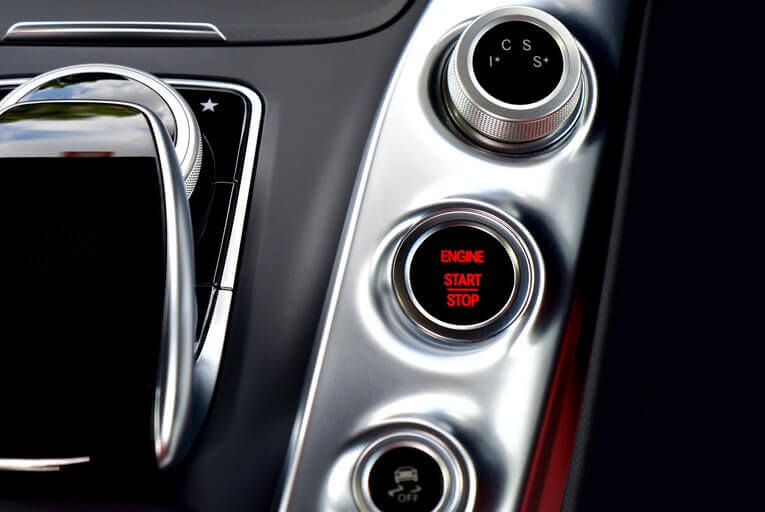

Now is the time to start your preparations. Car batteries can get a bit cranky if they haven’t been used for a while, and they can lose charge. If your car has been sitting idle for a couple of weeks, it’s no harm to start it up and let the engine run (in a well-ventilated space) for 15 minutes to give the battery a good charge.
If you have trouble starting the car after lockdown, it may be time for a new battery. It’s expected that there’s going to be a rush on batteries over the coming weeks, so get ahead of the chaos and secure yours now. Halfords are open as they provide an essential service, so find your nearest one for a battery replacement, or get in touch with your local garage.
3. Check that your oil is topped up
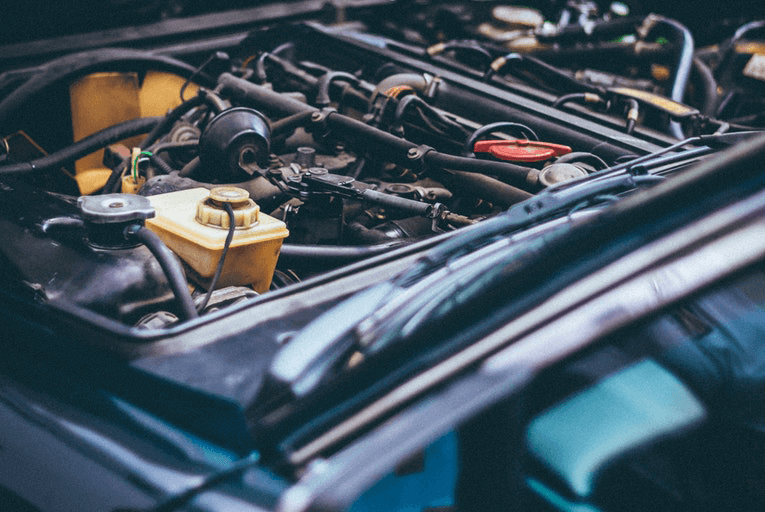

You should be checking your oil every couple of weeks, so now is a good time to make sure everything is in order before you get back to driving more frequently. If it’s been a while since you’ve checked your oil, all is forgiven. Here’s a handy video that will remind you how it’s done.
It’s possible that your car might have developed a slow leak if it’s been sitting parked for a while. When you move the car, check the ground underneath for any moisture or traces of a leak. If there’s anything there, get your car booked in for a checkup as soon as you can.
4. Make sure your tyres are properly inflated
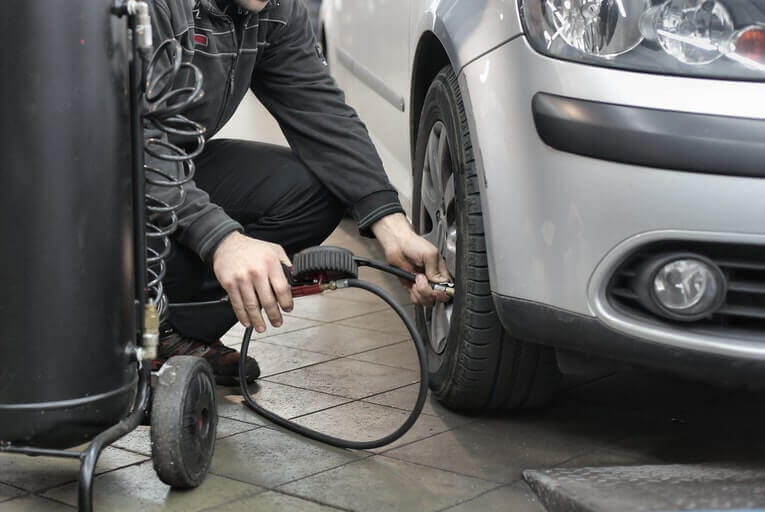

They might look fine, but tyres are pesky rascals who lose pressure over time, often without you noticing. It’s a good idea to go to the petrol station on one of your first journeys and check your tyres using the machine. While you’re at it, top up your washer fluid and make sure the tyres have a good tread depth (1.6mm). Fellow petrol station patrons will look on in awe at how seriously you take car safety. “Just read a good magazine post about it online”, you can tell them, smugly.
5. Be sure that your car is roadworthy before you go anywhere


If your MoT was due on or after 20 March 2020, it’s been extended by six months. But don’t breathe too strenuously a sigh of relief just yet, as it’s up to you to ensure that the car is roadworthy until then.
You can still be hit with a fine and three penalty points if your car doesn’t meet roadworthy standards, so it’s really not worth taking any chances. Here’s one we made earlier – we’ve got a handy MoT checklist that can help with your preparations.
6. Check that your lights are shining brightly (but not too bright)
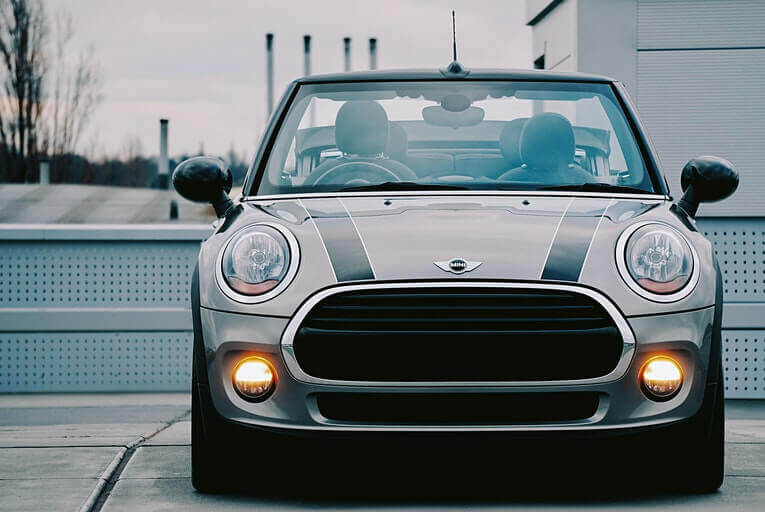

Just like the bulbs in your house, the lights in your car can go at any time. Before you set off on your (reasonably essential) adventures, it’s a good idea to check all of your lights by doing a walk around the car (if you’re in a safe place to do so – the middle of the motorway is not advised).
A handy way to check your brake lights is to park in front of a reflective surface and use your rearview and wing mirrors to see if everything is in order. Or even better, enlist the help of a friend or family member, if they’re feeling charitable. We’ve got a comprehensive guide to making sure your lights, along with the rest of your car, are ready for the road here.
7. Test your brakes
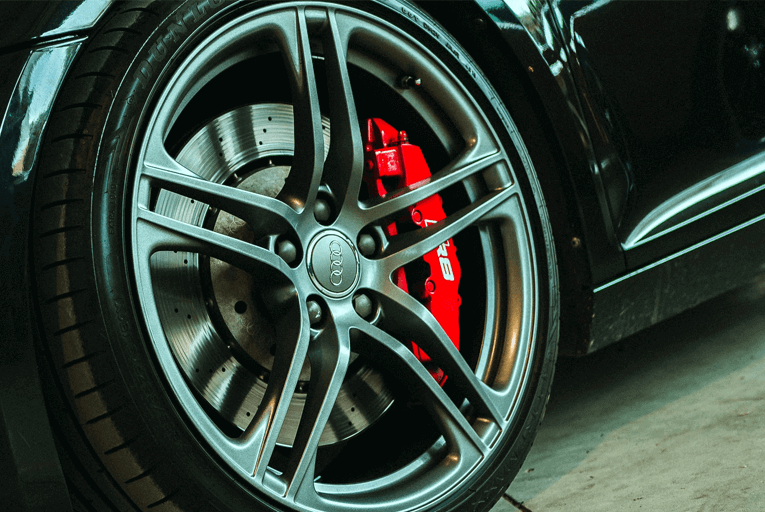

Brakes can corrode and seize if they haven’t been used for a while, so before you drive anywhere post-lockdown, you should check that they’re still effective. With brakes, small problems can quickly turn into big ones, so don’t drive anywhere unless you’re confident that they’re working.
As you’re driving, keep an ear out for any strange noises when you brake, as that can be a telltale sign that something is wrong. If anything sounds unusual and it persists, get to the garage as soon as you can.
8. Don’t ignore warning lights
![]()
If there’s a warning light after appearing on your dashboard, tempting as it might be, don’t ignore it. Use your car’s handbook to see what the light means and if you’re unsure about anything, contact your garage to arrange a checkup.
Warning lights are typically measured like traffic lights, so if it’s red, stop immediately and get help. If it’s yellow/orange, you’re safe to drive to the garage, but only if the car feels okay to drive. If there’s any change in how it’s handling, don’t risk it.
If you’re a By Miles member, you’ll be familiar with the ‘Car Medic’ feature on our app, which you can use to diagnose most problems going on with your car. If a warning light appears on your car’s dashboard and you’re not sure what it means, simply open up your app and give the car a quick scan. It will detect most issues and describe what the warning lights mean in plain English, so you can get ahead of the problem before it potentially becomes a bigger one.
Whenever you feel comfortable getting back on the road, enjoy it. Whatever this ‘new normal’ will bring, the rules of the road remain the same, so always pay attention to what’s happening around you and expect the unexpected.
As always, stay safe and drive carefully!
Get a quick quote for a pay-by-mile policy by clicking here, and see if you could make a saving in under a minute.

